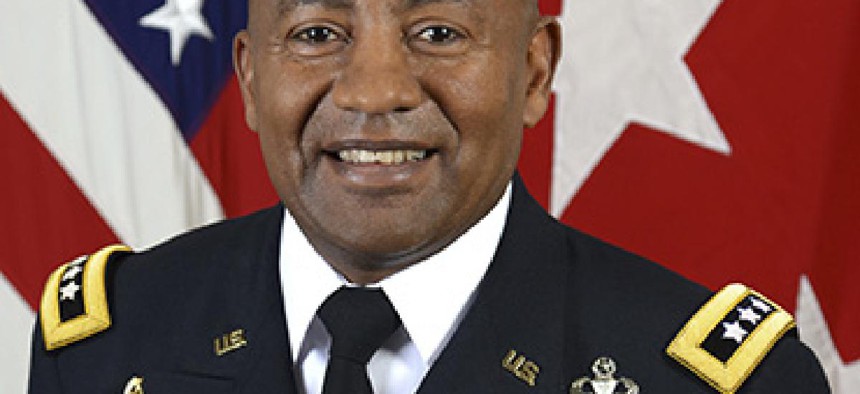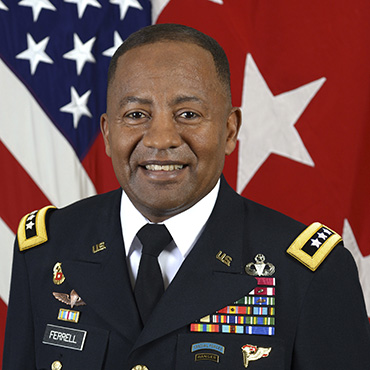Army releases data strategy

Army CIO Lt. Gen. Robert Ferrell wants to give Army users and applications quicker access to a range of data.

Army CIO Lt. Gen. Robert Ferrell said a new data strategy "needs to be at the heart of the Army's operating model and strategy."
In an effort to speed decision-making, the Army has released a data strategy to allow network users quicker access to a vast trove of data.
"One of the CIO's goals is to populate the network...with all data (intelligence and non-intelligence, raw and processed) to allow authorized users and applications access to this information without waiting for processing, exploitation and dissemination," the strategy states.
It also specifies that data posted to the Army portion of the Department of Defense Information Network should be tagged and searchable, which promotes data sharing by allowing a broader set of users and applications to access the same data.
A key element of the strategy is an information architecture that "serves as a blueprint for developers and system owners" by detailing how they can meet requirements for "net-centric information-sharing objectives," the document states. The strategy also includes a process for identifying data sources that can be trusted and shared and thus help with interoperability.
Furthermore, the new strategy covers the way data should be formatted: Army developers are encouraged to use the National Information Exchange Model and must justify exceptions for not using NIEM.
"In order to succeed in today's information-driven environment, our data strategy needs to be at the heart of the Army's operating model and strategy," Army CIO Lt. Gen. Robert Ferrell wrote in the foreword to the strategy.
The Army is promoting the data strategy as a key step in the move to the DOD-wide IT architecture known as the Joint Information Environment.
Ferrell has focused on strategic IT planning for the past year or so. In February 2015, he released a set of IT modernization plans that targeted cybersecurity and cloud computing. He has also cited the need for a longer-term modernization plan.
NEXT STORY: FedRAMP takes agile BPA for a test drive


